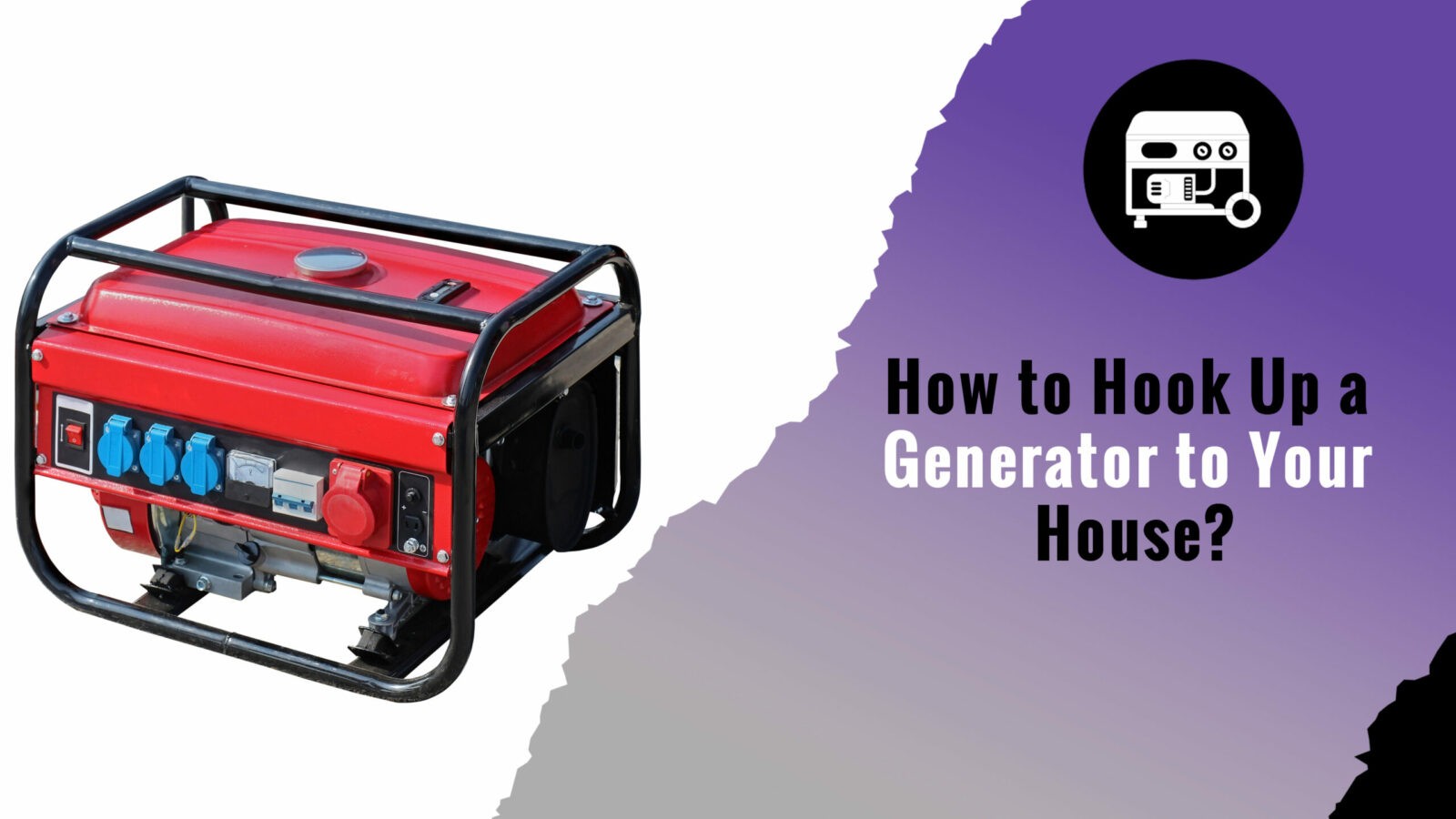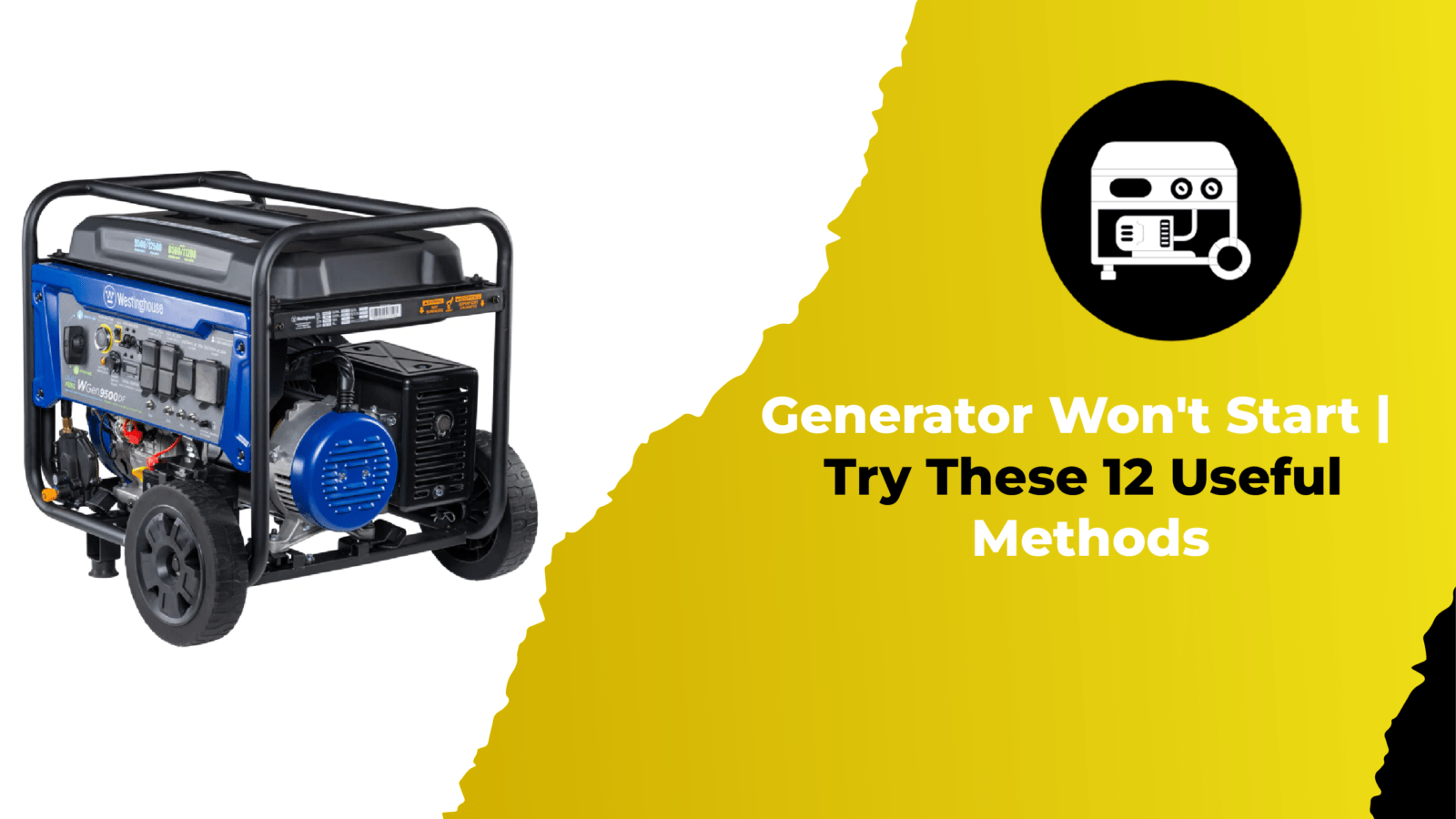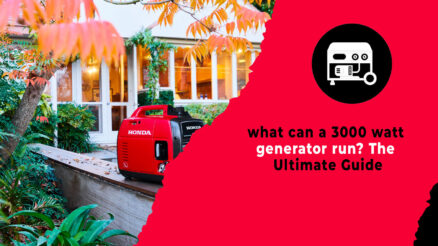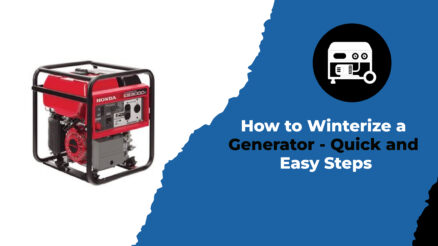Generators are a convenient way to provide power during an emergency, but they can also be used to provide power during normal times.
If you are like most homeowners, you probably don’t know how to hook up a generator to your house. While this may seem like a daunting task, it is actually relatively easy. This blog post will walk you through the steps involved in hooking a generator to a house.
So, whether you are looking to prepare for a power outage or just want to be prepared for the unexpected, keep reading for instructions on how to add a generator to your house.
How do you Hook Up a Portable Generator to a House without a Transfer?
It is possible to hook up a portable generator to a house without a transfer switch. However, keep in mind that this process can be a bit dangerous for you if you are not a trained electrician. Also, it is illegal in many towns. In case you are an experienced electrician, you can safely do so.
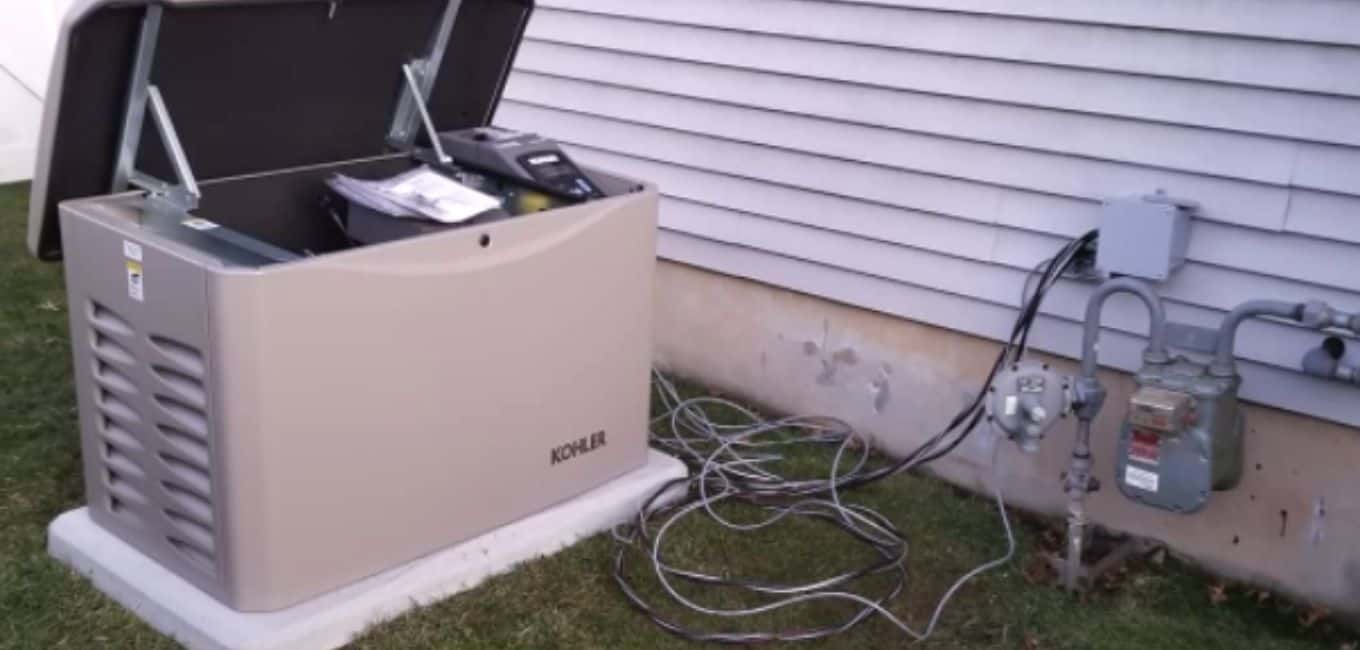
Remember not to do this process by an amateur because it can be dangerous. It is always recommended to hire an experienced electrician if you think it is out of your depth. Moreover, it is always best and recommended to hook up your generator to a house with a transfer switch.
How to Hook Up a Generator to a House with a Transfer Switch?
Hooking up a portable generator to the house is actually quite easy. The first thing you will want to do is determine which type of generator connection your home requires. Each location may vary, but there are typically two different kinds of hookups:
- Floor Mounted Locking Receptacles (L14-30R)
- Stand-Alone Generators or Portable Generator with an L14-30R Male Plug
If your home is equipped with a floor-mounted locking receptacle, you are in luck because all you have to do is plug your generator directly into the floor-mounted receptacle.
Suppose your home only has a stand-alone generator. In that case, you will need to purchase an adapter (generator connector) that will allow you to plug your portable generator into the floor-mounted receptacle easily.
If you have a portable generator, but your home does not have a floor-mounted locking receptacle, you will need to wire an L14-30R male plug directly into your home’s electrical system.
If this is the case, you will need to hire the services of an electrician to help you complete this step.
How to hook up the generator to the house?
Consider the following steps for how to hook up a generator to your home.
- Turn off all breakers in the main panel before touching anything electrical
- Connect the positive (red) wire coming from your generator to a 30 amp double pole breaker in the main panel. This is your power supply
- Connect a wire from a 30 amp double pole breaker in your main panel to a 30 amp double pole breaker in the sub-panel. This wire will connect your house to the generator.
- Connect the negative (black) wire to the ground in your sub-panel if available. Otherwise, connect it to the grounding bar for your main panel.
- If you will need to run extension cords from the generator to different parts of the house, make sure that all cords are 12-gauge or heavier.
Tools You Need
You will need some tools to hook up your generator. Some tools that you will need are as follows:
- Low voltage tester
- Masking tape
- Pencil or marker
- Wire stripper and cutter
- Wire nuts
- Electrical tape
- Non-contact voltage tester
Wiring a Generator for a House
Always take precautionary measures and essential tools in following the method.
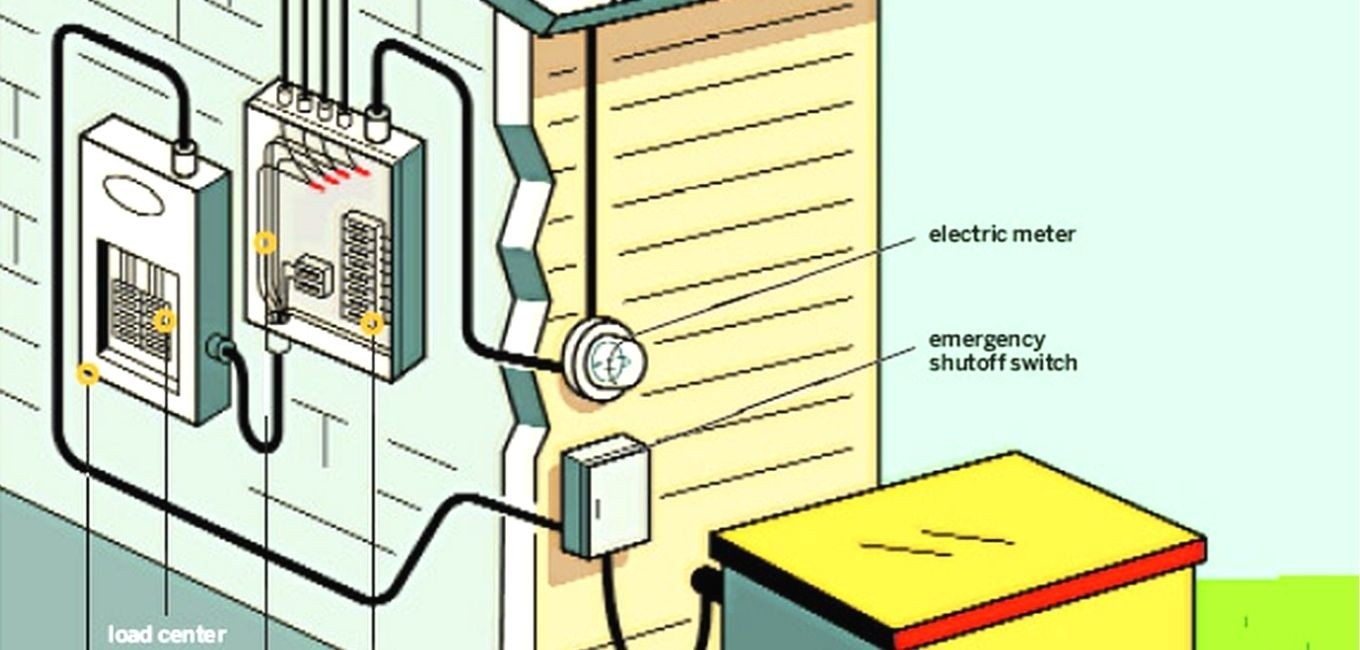
Step 1
Run the dedicated electrical line (in most cases, this is done by an electrician) from the generator location to where you need power.
Step 2
Install the generator connectors on both ends of the line. The connector at the generator goes to a 30 amp double pole breaker, while the connector at the house goes to a 30 amp double pole breaker in the main panel.
Step 3
Install the double pole breaker in the main panel.
Step 4
Turn on all breakers and test the generator by plugging a lamp into the generator connector.
How to hook up generator to house with transfer switch?
If you have a standby home generator equipped with a transfer switch, the process will be even easier for you.
- Turn off all breakers in the main panel before touching anything electrical.
- Simply connect the generator to the transfer switch using the dedicated line that is included with your generator.
- Turn on the standby generator, which will send electricity to the transfer switch. The transfer switch will then direct power to the double pole breaker, and this line will switch from generator to utility power if needed.
- The only thing you can do is connect the generator connector on your power cord to the generator connector on your standby generator.
How to Wire a Generator to a Breaker Box?
Follow these steps to wire your home’s existing breaker box to a generator:
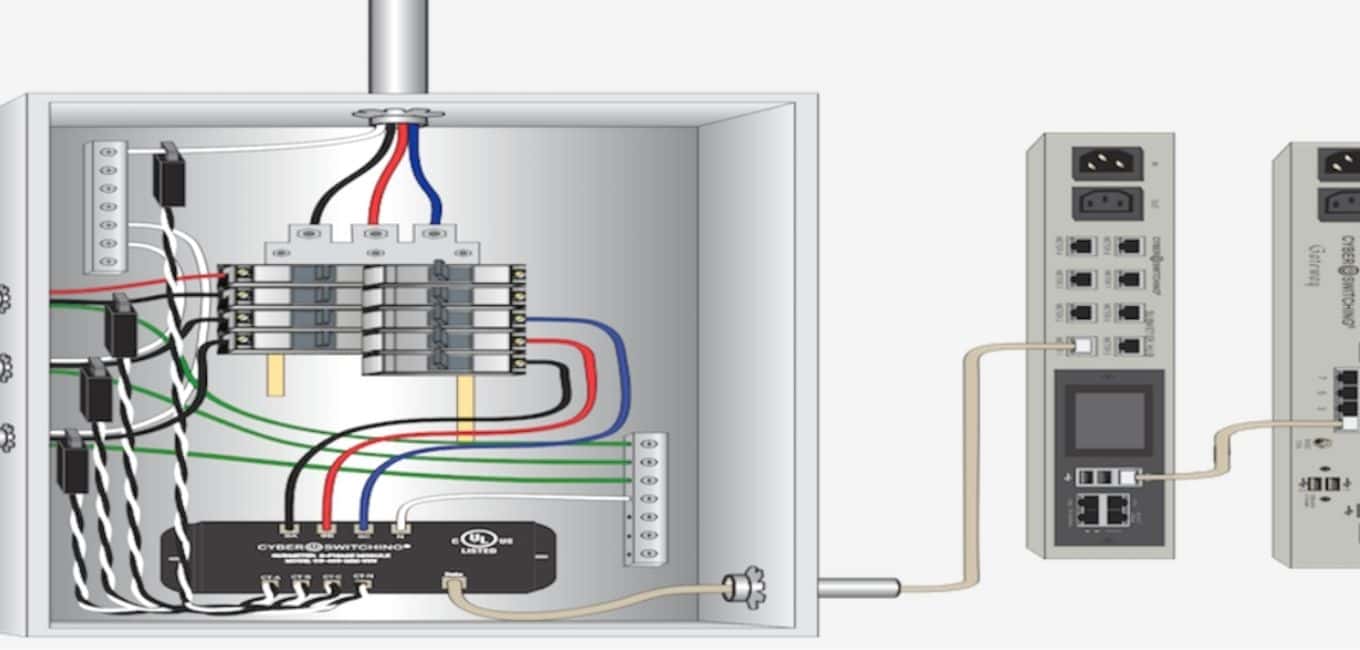
- Make sure you have the proper connectors
- If your generator does not have a male plug, you will need to purchase an adapter (generator connector) that will allow you to plug your portable generator into the floor-mounted receptacle easily.
- Turn off all breakers in the main panel before touching anything electrical
- Connect a wire from a 30 amp double pole breaker in your main panel to a 30 amp double pole breaker in the sub-panel. This wire will connect your house to the generator.
- Connect a wire from a 30 amp double pole breaker in your sub-panel to a 30 amp double pole breaker in the generator. This wire will connect the generator to the house.
- If you will need to run extension cords from the generator to different parts of the house, make sure that all cords are 12-gauge or heavier.
- Operate your generator safely by making sure it is at least 20 feet away from the house, keep it clear of doors and vents, install carbon monoxide detectors throughout the house, and don’t overload it by trying to connect too many appliances.
How to Backfeed a Breaker Panel with a Generator
To back feed a breaker panel with a generator, you will need to connect the black generator output cable to the black hot wire in the breaker panel and connect the white generator output cable to the white neutral wire in the breaker panel.
You can then turn on the main breaker in the breaker panel and run power from the generator to your appliances. Keep in mind that when you are using a generator to power your home, you must always use an outdoor extension cord that is rated for outdoor use.
How to connect a Generator to House through Dryer Outlet
You will need to purchase a cord with the proper end that can plug into both your generator and dryer outlet. You should only use the dryer cord connected to the generator as a last resort, as this setup is very dangerous.
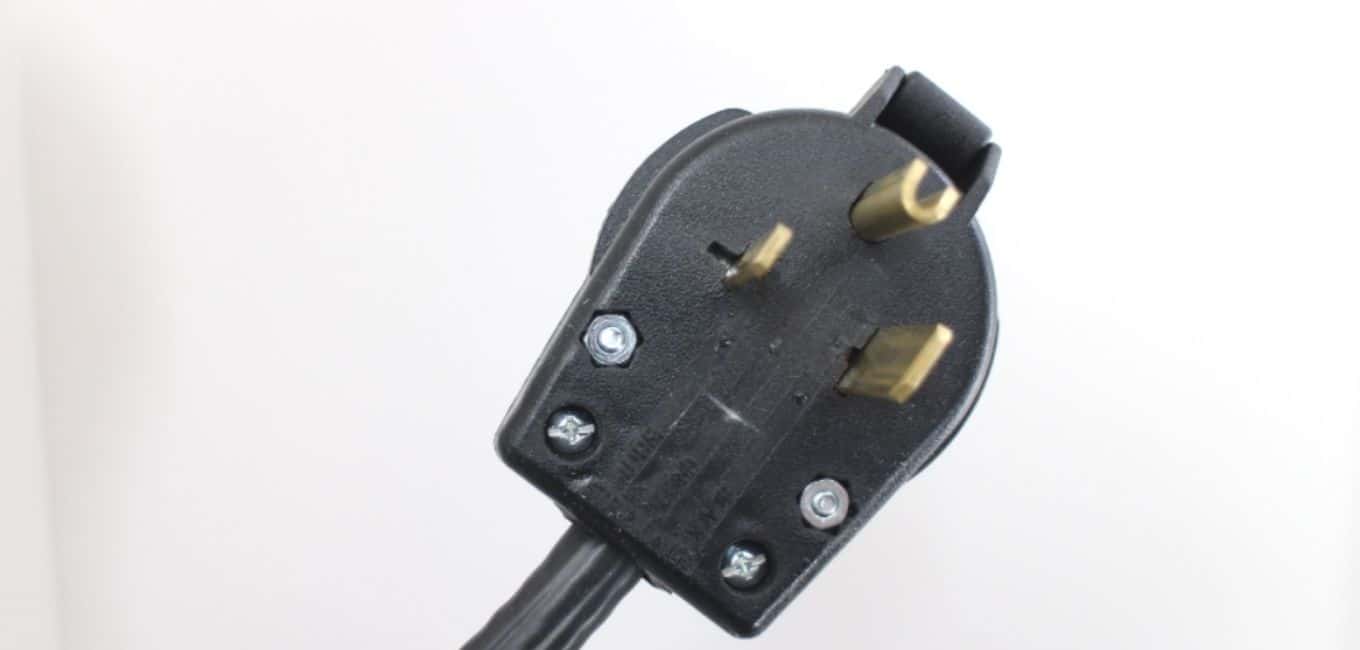
- Make sure you have enough cords for your generator and home. The generator should be approximately 50 feet away from the house.
- Shut off all breakers in both panels before touching anything electrical. Make sure no one is operating any electrical equipment.
- Use a plastic wire clamp to attach the white neutral wire in the sub-panel to the white wire on your generator.
- Attach the black wire in the sub-panel to the green ground screw on the generator, and attach the black hot wire in the sub-panel to the black wire on your generator.
- Attach a green ground wire from your generator to the generator ground screw on the generator.
- Finally, connect a wire from a double pole breaker in your main panel to a double pole breaker in the sub-panel. This wire will connect your house to the generator and allow you to safely power all of your appliances and devices with the generator.
How to Hook Up a Generator to Your House – FAQs
Our Verdict
Well, the article has given you some good information. Still, it did not mention anything about which areas of your home can be powered by electricity and which areas are better left powered by your generator.
For example, some areas of the home that are more susceptible to power surges or lightning strikes may not be the best place to use your generator. So make sure you are aware of the general rules before you try to power your home with a generator.


